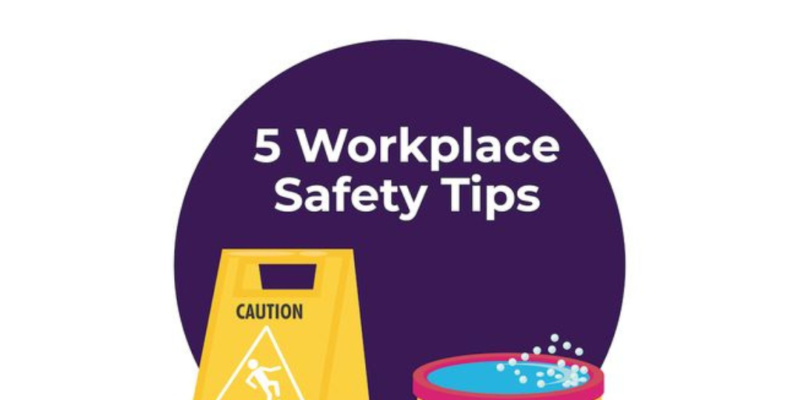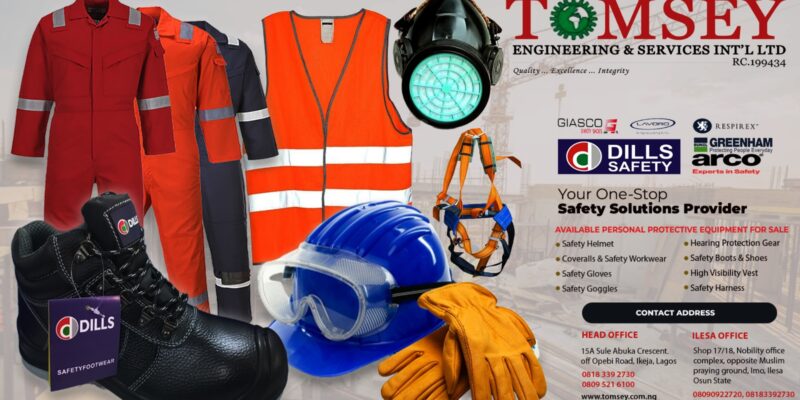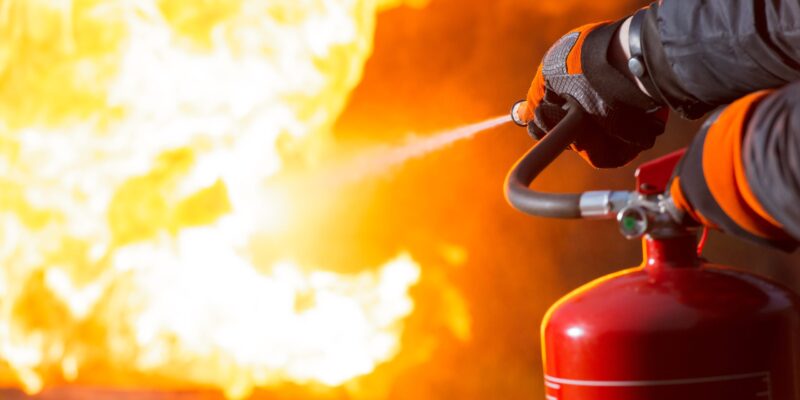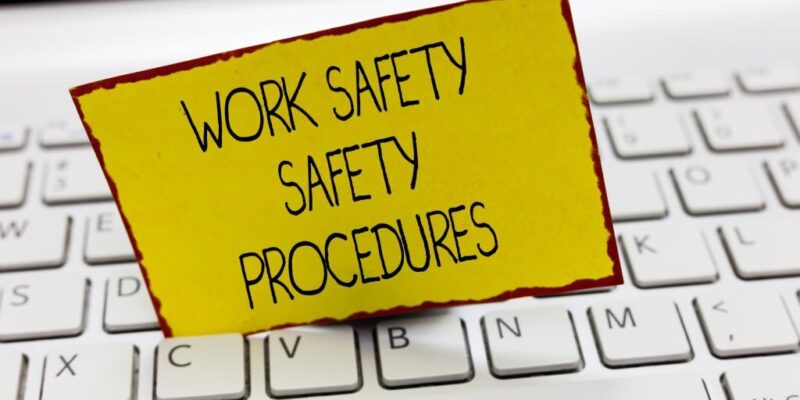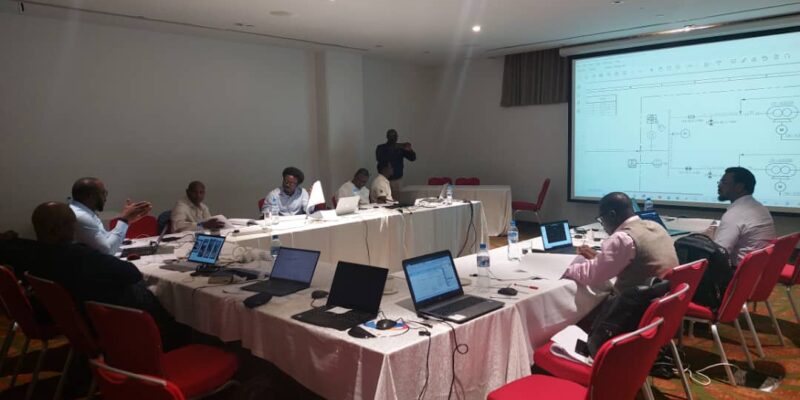We are pleased to announce the successful completion of the Hazard and Operability (HAZOP) Study for the Ohaji Flow Station Modification Project executed for SEPLAT Petroleum Development Company PLC.
This milestone represents a critical step in ensuring the safe, efficient, and operable execution of the project. The HAZOP study was conducted in full compliance with international best practices and was facilitated by a multi-disciplinary team comprising process engineers, operations personnel, safety experts, and project stakeholders. The structured and systematic review identified potential process hazards and operability concerns associated with the planned modifications at the Ohaji facility.

We commend the entire project team and SEPLAT PLC for their commitment to safety, professionalism, and operational integrity. With this major milestone completed, we look forward to the seamless execution of the next phases of the Ohaji Flow Station Modification Project








